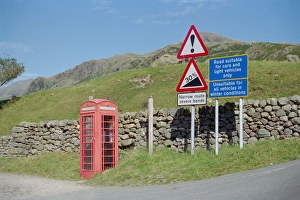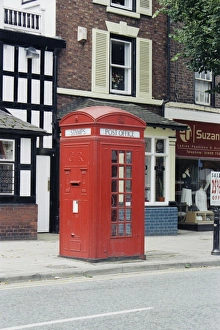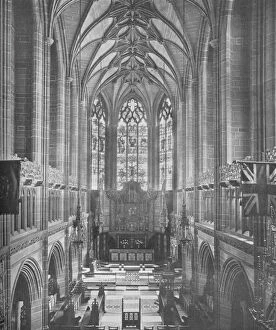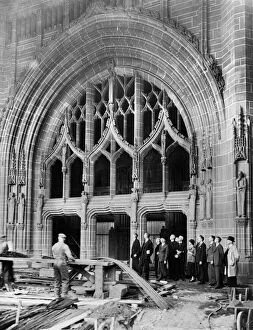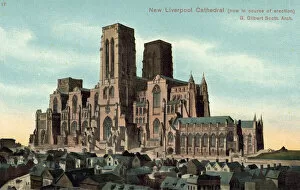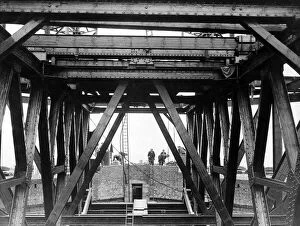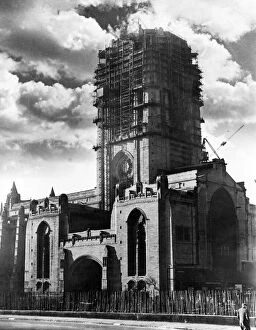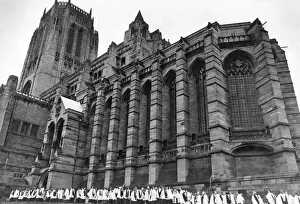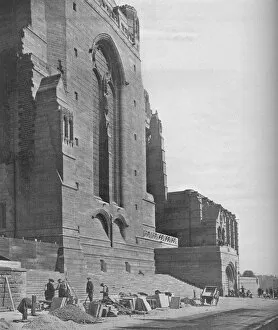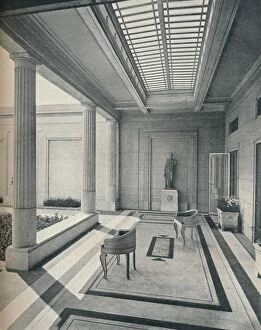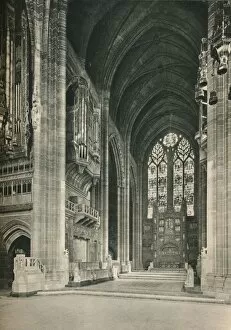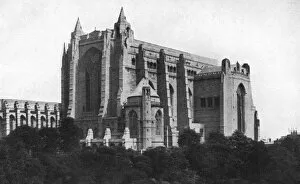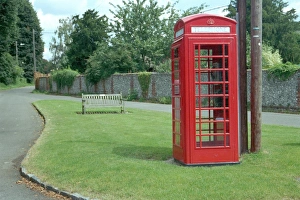Giles Gilbert Scott Collection
Giles Gilbert Scott, a renowned British architect, left an indelible mark on the landscape of his country
All Professionally Made to Order for Quick Shipping
Giles Gilbert Scott, a renowned British architect, left an indelible mark on the landscape of his country. From iconic telephone kiosks to grand cathedrals and power stations, his creations continue to captivate and inspire. One of Scott's most recognizable designs is the classic red Telephone Kiosk. These charming structures can be found scattered across England, serving as nostalgic reminders of a bygone era. Whether standing proudly along Hardknott Pass or in bustling city centers, these telephone boxes evoke a sense of nostalgia and charm. Scott's architectural prowess extended beyond telephone kiosks. He also played a pivotal role in designing Liverpool Cathedral's Lady Chapel in 1926. This stunning addition to the cathedral showcases Scott's ability to seamlessly blend modernity with tradition. The rebuilding of Waterloo Bridge in London further exemplifies Scott's talent for blending old and new. Completed in 1934-1935, this bridge stands as a testament to his vision for harmonizing historical architecture with contemporary design. Battersea Power Station stands tall as another notable achievement by Scott and Leonard Pearce. The industrial marvel constructed between 1929-1935 continues to awe spectators today alongside Frank Gehry's modern retail and residential buildings that surround it. Scott's impact was not limited to physical structures alone; he also contributed significantly to construction projects like the New Liverpool Cathedral. Ethel Davies' captivating photograph from 2009 captures men and women observing the intricate work being carried out on this magnificent structure. Giles Gilbert Scott remains an influential figure whose architectural legacy continues to shape England’s urban fabric today. His timeless designs have stood the test of time, reminding us all of his remarkable contributions to British architecture.

